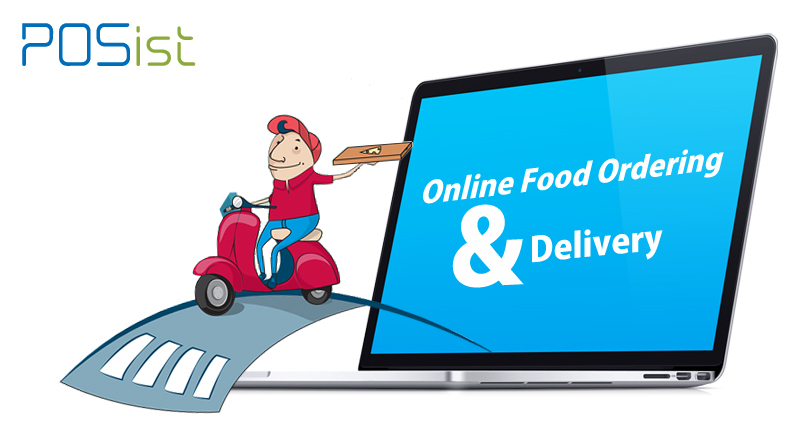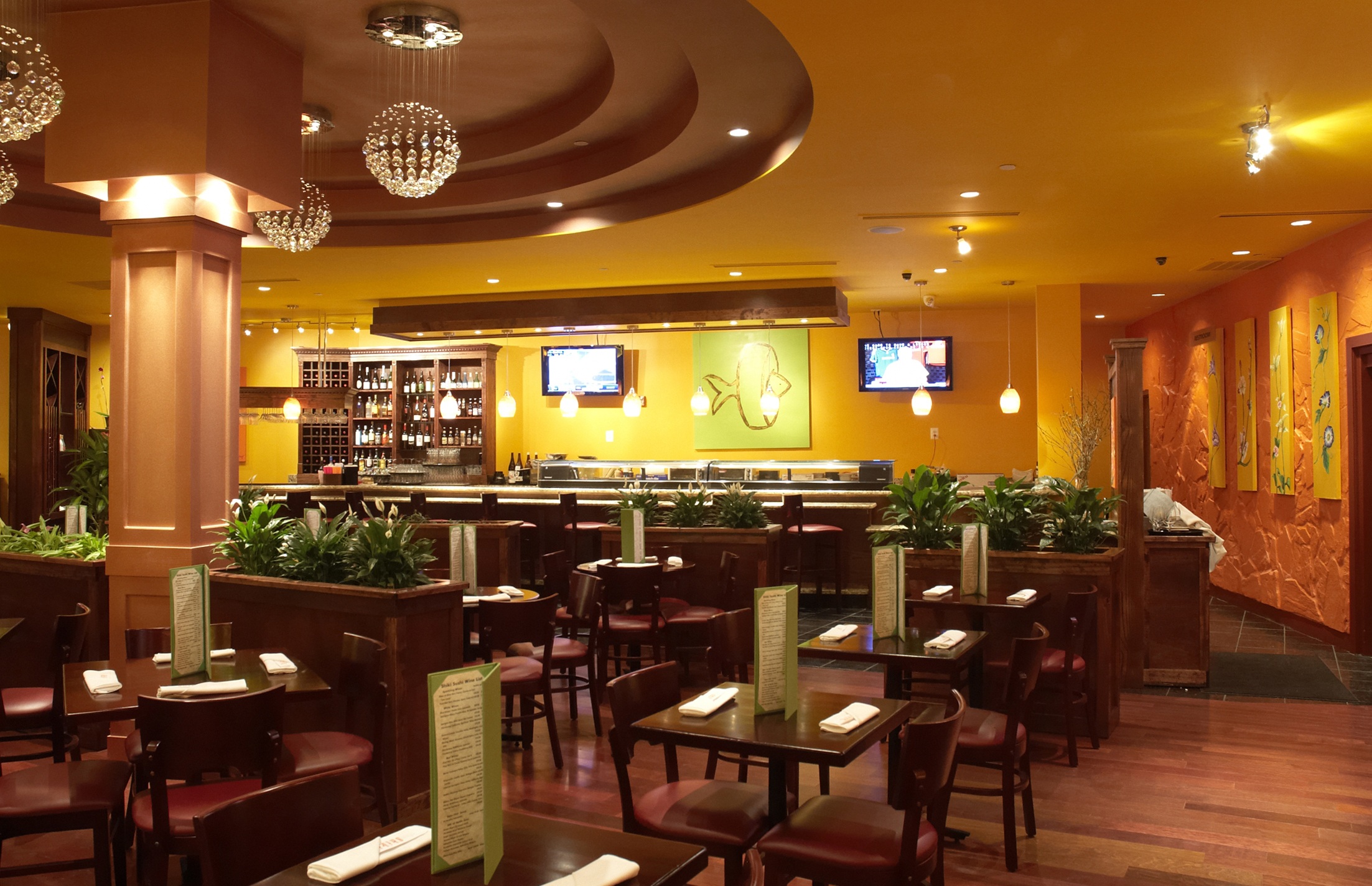Online food delivery business platforms accounted for 30-35% of the total restaurant business. The industry had its lows in terms of investments, receiving total funding of less than $80 million in 2016, as compared to $500 million in the year before, yet the demand for Online Delivery has only increased in the past year. This means good news for the upcoming trend of Cloud Kitchen Restaurants in the industry. As the online food delivery market in India rose with online ordering, Zomatoe, Swiggy, and FoodPanda dominating the scene, cloud kitchens saw growth, as well as more and more consumers, ordered food at home instead of dining out thus giving cloud kitchen restaurants in India their fair share off discoverability. To find out how to open a Cloud Kitchen Restaurant in India, click here.
Positive Factors Impacting The Cloud Kitchen Business In India
The cloud kitchen and online food delivery business in India is further pegged to grow more and more due to various factors such as:-
1. Rising Disposable Income- With the growing Urbanization, the disposable income of the consumers has also increased. Now people spend a significant amount on luxuries such as eating from restaurants. At the same time, they can even afford the luxury to have restaurant-quality food at home. This has given the online food delivery business industry in India a much-required boost leading to a growth in cloud kitchen restaurants as well.
2. Time Scarcity- Young professionals prefer to order from outside instead of cooking or going out to eat to save time and money. This again gives momentum to the Indian cloud kitchen restaurant industry which can now generate better profits despite not having a walk-in storefront due to the growth of the online food delivery market in India.
3. New Eating Habits– Globalization has impacted our eating habits as well. Consumers have moved from regular Indian and Chinese cuisine to global as well as regional food. Customers are now more focused on eating healthy and trying out new varieties.
4. Ease of Availability- The ease of availability of readymade food quickly is perhaps the most defining factor that has resulted in the growth of the Online Food Delivery Business. In Metropolitan cities, there are food outlets which deliver breakfast, lunch, and dinner with a monthly subscription package at the desired time adding more convenience to their customer’s life.
Professionals expect the foodservice market in India to grow to 5,00,000 INR by 2021 from 3,09,110 INR in 2016. The sheer demand from the customers has led to a golden era of the FoodTech industry. However, it is not as easy as it looks. The number of businesses that have shut their shops is significant.
Things To Keep In Mind While Running A Cloud Kitchen Restaurant
There is a lot that goes into opening and running a cloud kitchen. To understand in detail how running a cloud kitchen works, read this article on the ‘Cloud Kitchen Restaurant Industry In India.’
In any case, keep the following aspects in mind while running a Cloud Kitchen Restaurant.
1. Managing a Large Number of Orders at the Same Time
Contrary to popular belief, acquiring new customers isn’t as difficult for modern-age internet kitchens, as is processing a large number of orders at the same time. During rush hours, managing 50-70 orders, in two hours, where the ideal delivery time per order is 45 minutes, becomes extremely tedious for small-scale restaurants.
It is better to have a concise menu, with smart, efficient staff members to scale up the operations and to deliver maximum output. When there are limited items, the amount of repeat orders is also high, which helps improve efficiency and quality.
2. Maintaining Consistency
While starting a Tech venture, often companies go overboard, trying to integrate the best technology. While technology is necessary to facilitate the operations, quality and taste of food remain of prime importance. Maintaining consistency, especially as you branch out becomes critical to retain customers.
Maintaining hygiene and following Food Standards is also important for all Online Food Businesses. A Cloud Kitchen can be successfully run through a small and unappealing location; however, you must ensure that the FSSAI Guidelines are followed to avoid any legal issues.
3. Customer Retention vs. Customer Acquisition
While acquiring new customers is important for the business to grow, retaining existing customers is extremely important. It is six to seven times more expensive to acquire a new customer than to retain an existing one. Also, the average price cover of the old customers is significantly higher than that of new customers.
New restaurants tend to blow up the money in marketing and acquiring new customers by offering exorbitant discounts and offers. This is especially true in the case of Online Food Businesses. While marketing is necessary to spread the word about your restaurant, luring customers by offering an obscene amount of discounts will hamper your margins. Attaining Customer Loyalty becomes crucial as once you withdraw the offers, the number of orders also drop.
4. Managing Margins
One of the core business basics in online Food Delivery business is achieving economies of scale, that is, one should know “How many orders one has to deliver or serve to get profitable.” Let’s suppose your average order size Rs 100 out which Rs 40 is the cost of goods sold, Rs 20 per cost of delivery. The cash in hand comes out to be Rs 1, 20,000 on 100 orders per day churning out Rs 40 per order. The margins need to be sufficient to meet the Fixed Cost of the kitchen.
Technology comes handy in this case. Orders are routed through the Online Ordering and Delivery so that one delivery person delivers maximum orders in a particular area. This optimizes the time and cost of Food Delivery.
With the way, online food delivery market in India is rising, the trend of cloud kitchen restaurants is here to stay. As the online food delivery market grows, the trend of cloud kitchens will also grow. Coupled with the changing consumer attitude cloud kitchen restaurants is perhaps the direction in which the restaurant industry in India is heading.


















